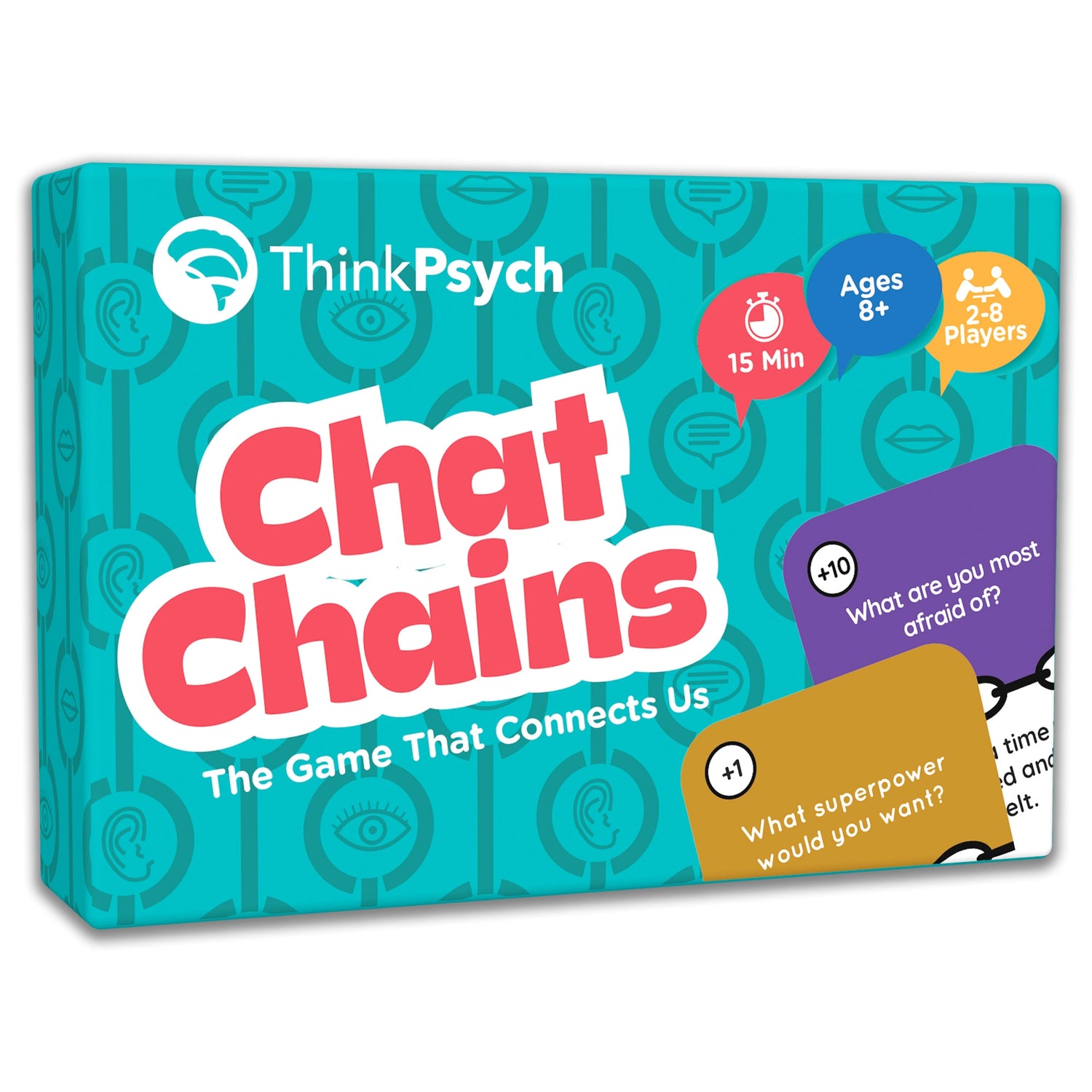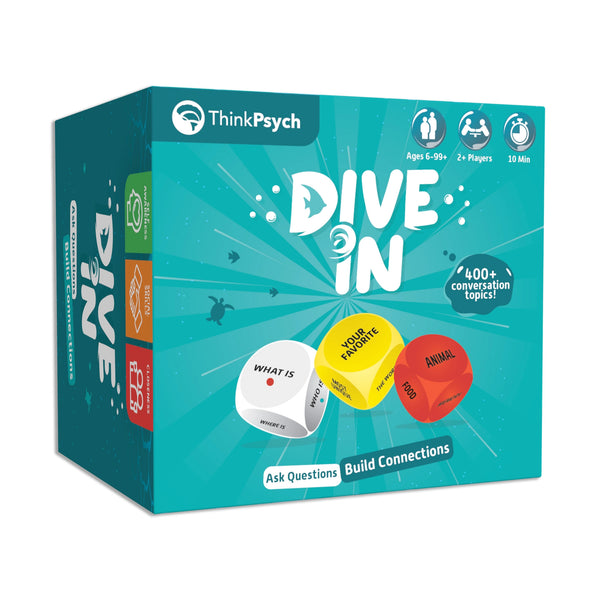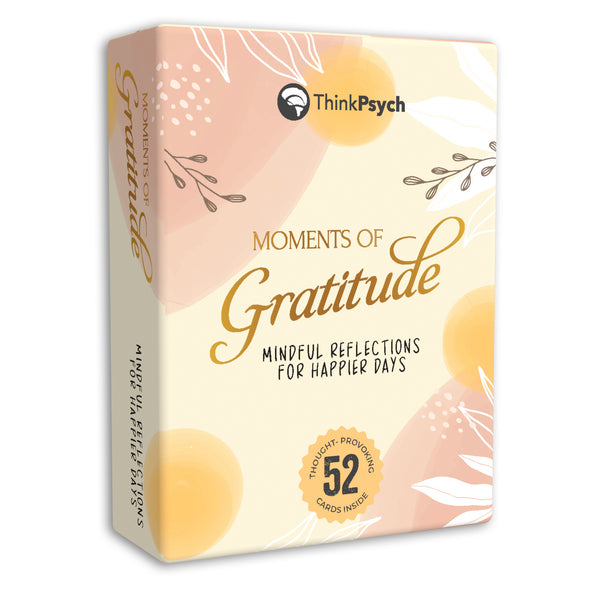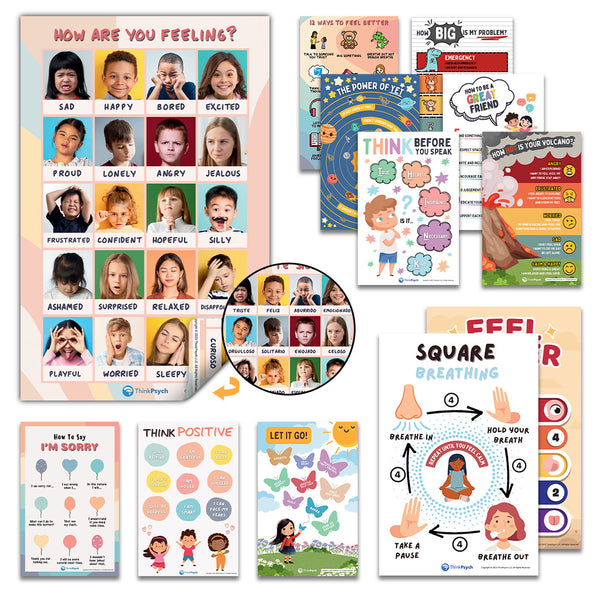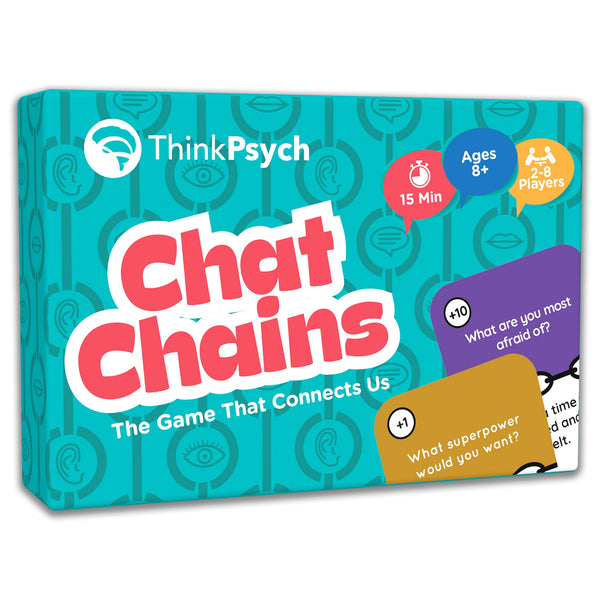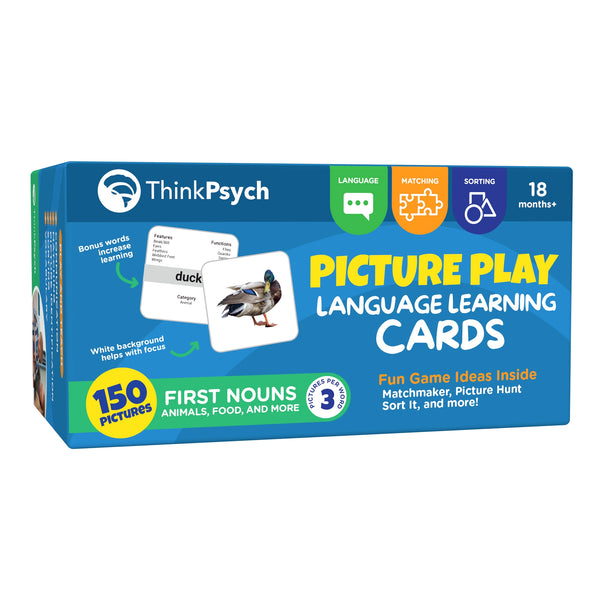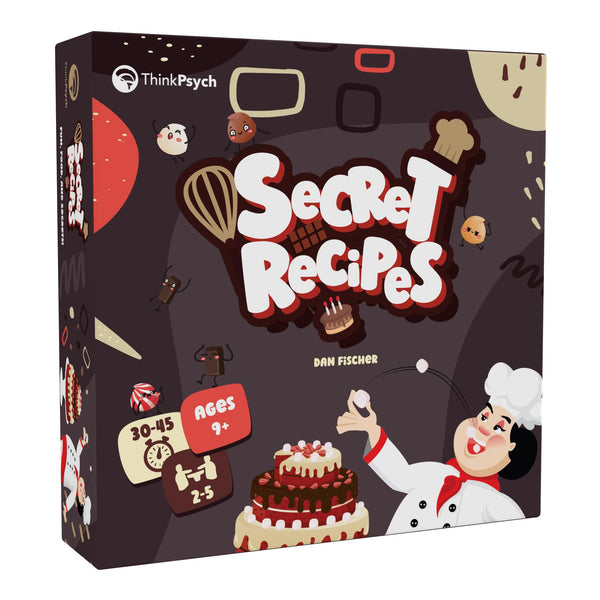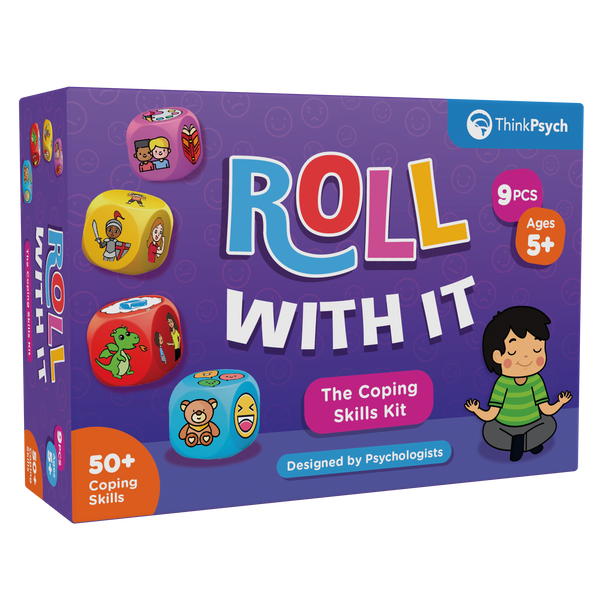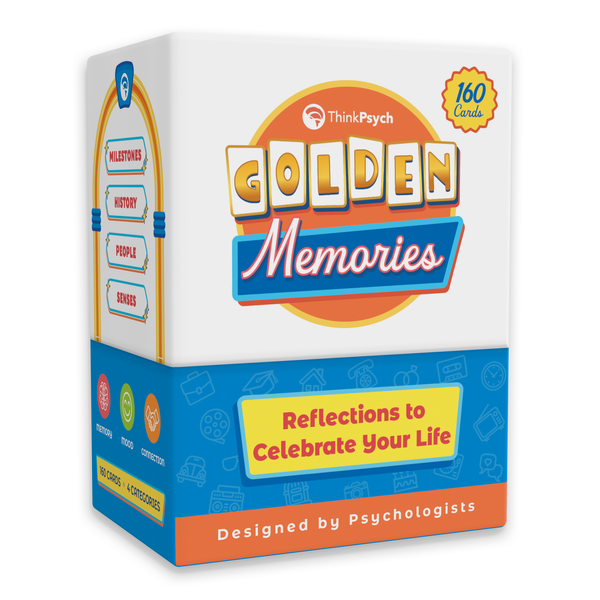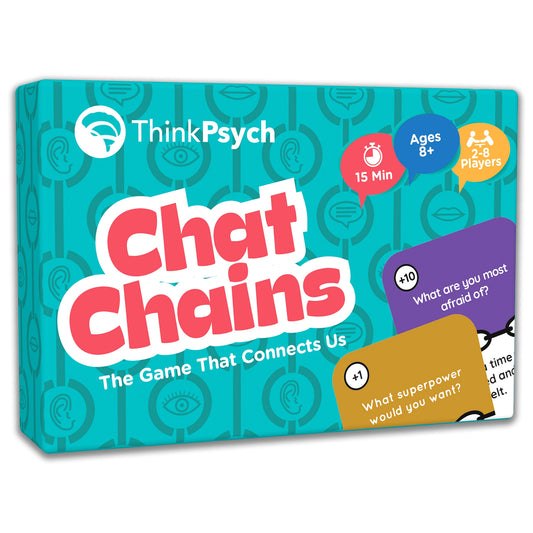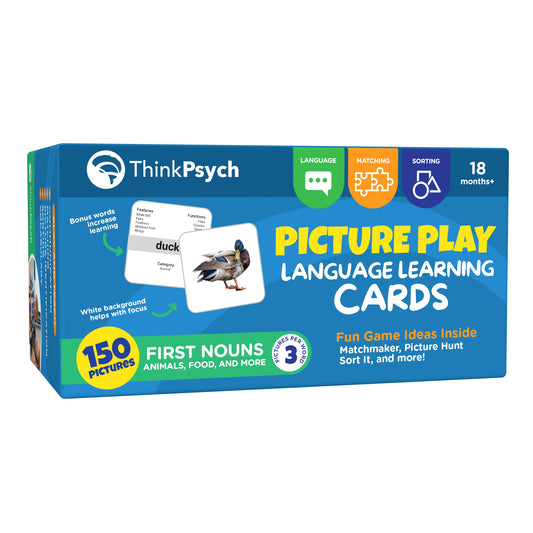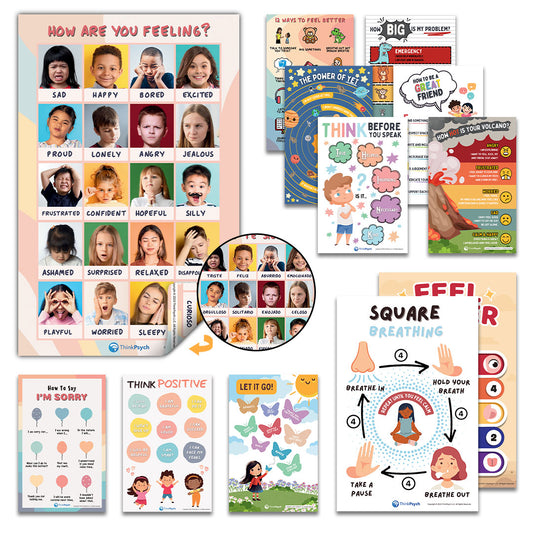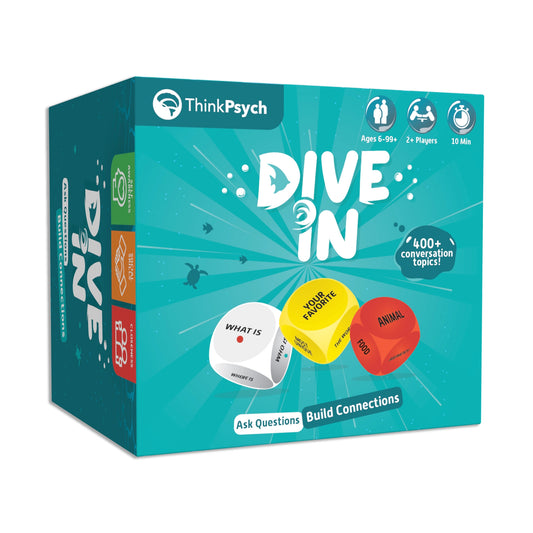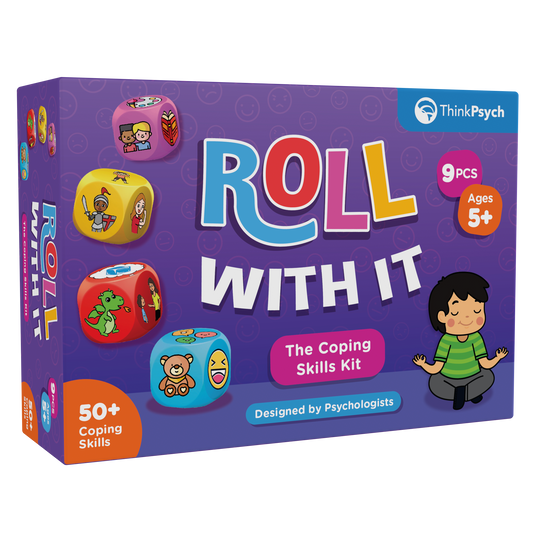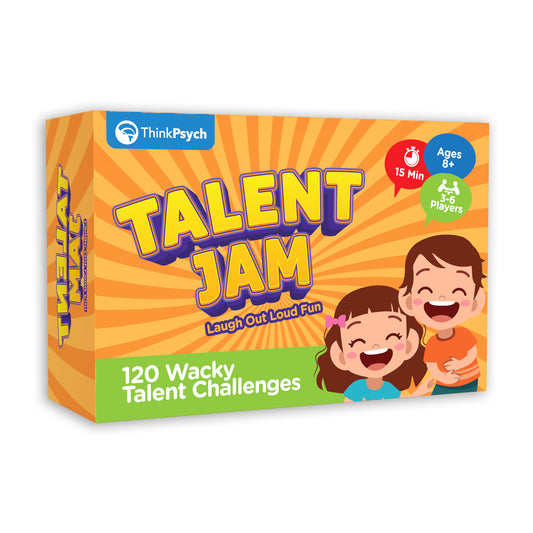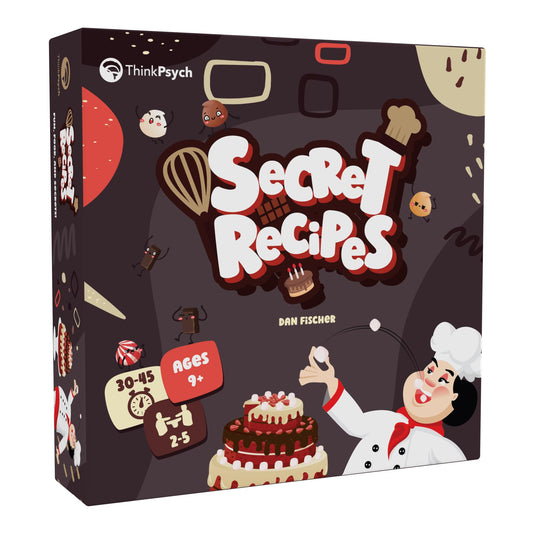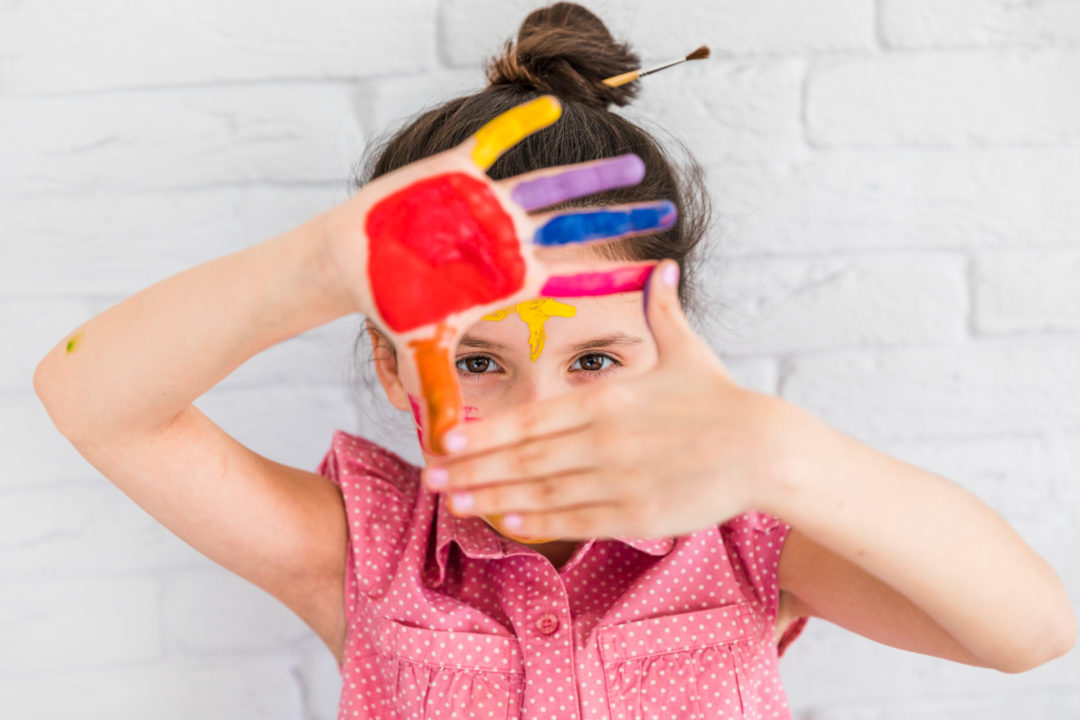
The Benefits of Cultivating Creativity in Kids
Share
Painting a rainbow, building a pillow fort, playing make-believe… while these activities sound like fun and games, there’s a lot more to them than meets the eye.
For kids, cultivating creativity isn’t just for amusement. Creative activities are a vital source of developing new skills, such as empathy, problem-solving, sensory perception and self-esteem.
Let’s take a closer look at why creativity is so important and some example activities to get your kid’s creative juices flowing.
What are different types of creative activities?
The sky’s the limit when it comes to different types of creative activities. Some typical categories of creativity include:
- Art and crafts, such as painting, drawing, playdough, scrapbooking, etc.
- Building things, such as Legos, blocks, toothpicks, dominoes, etc.
- Make-believe games, such as a dress-up box, puppet show, charades, role-play, etc.
- Music and dance, such as singing songs, making instruments, creating choreography, etc.
- Storytelling, such as reading, writing, etc.
- Science experiments, such as elephant toothpaste or exploring new materials
- Challenges, such as a scavenger hunt, building a fort, etc.
- Multimedia, such as taking photos or making short movies
- Culinary experiments, such as baking cookies
- Field trips or walks
- Free play according to your kid’s interests
Every type of activity has unique benefits for your child’s development. For example, doing science experiments can spark new problem-solving skills, while storytelling can enrich your child’s sense of empathy and self-expression.
10 benefits of cultivating creativity in kids
Creativity plays a role in developing a variety of skills in children. Here are some of the top benefits of encouraging creativity in your kids.
1. Develops problem-solving skills
To start, creativity is great for learning to problem-solve. When kids create something new, they have to observe, use available resources and iterate to come up with a final product. For example, if your kid is making a city out of toothpicks, she may face challenges such as a toothpick breaking or her design not holding up. These small acts of failure are key for kids to try out new ideas and see what works.
2. Hones motor skills
Creative play is also important for improving motor skills, balance, spatial depth, hand-eye coordination and more. Simply holding a paintbrush or using scissors can work these skills in a fun way. Other activities, such as a scavenger hunt or dancing, can also help kids stay physically active in general.
3. Boosts sensory perception
So often creative activities stimulate kids’ senses, such as sight, sound, touch, scent and taste. Enriching sensory perception keeps kids observant and curious, allowing for new ways of thinking. For example, going for a nature walk can help kids take in their surroundings (such as the colors of the leaves or footprints in the path) and gain insights about the outside world.
4. Supports new ways of thinking
Overall, creativity lets kids reflect, wonder and stay curious. By imagining new worlds through make-believe, telling stories and listening to others with different points of view, kids can get exposed to divergent thinking and come up with their own ideas.
5. Encourages freedom of expression
What’s more, creativity helps kids express themselves and show their feelings verbally and non-verbally. For example, when kids create a “shoebox world,” their personalities shine through and they’re able to express their preferences, styles and ideas. In turn, this strengthens connections between kids as they play creatively.
Shop ThinkPsych Products
6. Improves social empathy
Make-believe play and storytelling are all about imagining yourself in somebody else’s shoes. With creative activities, kids learn different perspectives, observe the needs of others and manage their own emotions.
In addition, studies show that kids who are exposed to trips to museums and cultural institutions develop higher levels of cultural tolerance and empathy.
7. Introduces other subject matters
Creativity isn’t siloed from other subjects, either. A variety of activities can expose kids to key concepts in math, science, literature and more. For example, performing science experiments such as a soda geyser shows basic chemical reactions, while building things such as a popsicle-stick Ferris wheel introduces the idea of gears.
8. Enhances self-esteem and sense of identity
When kids play creatively, they also pursue their interests and find out what they enjoy doing. This lets them explore their identity, develop their talents and enhance their overall sense of self-esteem. A child who loves music and rhythm may later develop an interest in playing instruments or composing songs, and identify as a musician later in life.
9. Reduces stress
Creativity is also good for kids’ mood and stress levels. Studies show that creativity reduces cortisol, acting as a natural stress-reducer and resulting in better moods. Some experts have even studied creativity’s role in boosting kids’ well-being at school and for overcoming trauma.
10. Maximizes cooperation
Finally, creativity is a sandbox for kids to learn cooperation. Often creative projects require teamwork and emotional resilience as groups overcome challenges together. Overall, this can help create a sense of cooperation and even build friendships.
Top activities for cultivating creativity in kids
It’s clear that creativity is great for kids in numerous ways. If you’re ready to encourage creativity in your kids, here are some activity ideas to get started:
- Draw a chalk obstacle course
- Build a chain reaction machine
- Put on a talent show
- Make a rainbow water xylophone
- Write and illustrate a comic book
- Send a baking soda rocket flying
- Build and decorate a wind chime
- Take a nature photo walk
- Make solar oven s’mores
- Go to a children’s museum for inspiration
You should also feel free to make up your own activities, or let your kids explore their interests through free play. There’s no limit to what a creative activity should look like!
Cultivating creativity in your kids
The benefits of cultivating creativity in your kids are far-ranging. As you encourage creativity, take advantage of our activity ideas above in order to enrich daily experiences and see exciting developments in your child.
Need more ideas for creative activities? Get more examples for kids on our ThinkPsych blog, including multicultural activities, social skill activities and activities for kids with autism!
References:
- Maryville University, Creativity for Kids: Benefits & Tips for Nurturing an Innovative Mind, https://online.maryville.edu
- National Association for Gifted Children, The Healing Benefits of Creativity, https://www.nagc.org
- PBS, Creativity and Play: Fostering Creativity, https://www.pbs.org
- Raising Children Network (Australia), Creative Activities for School-Age Learning and Development, https://raisingchildren.net.au
- Parent Circle, Top 50 Creative, Fun And Engaging Gadget-Free Activities For Kids Of All Ages To Enjoy, https://www.parentcircle.com
- Featured Image: (Source: FreePik)
